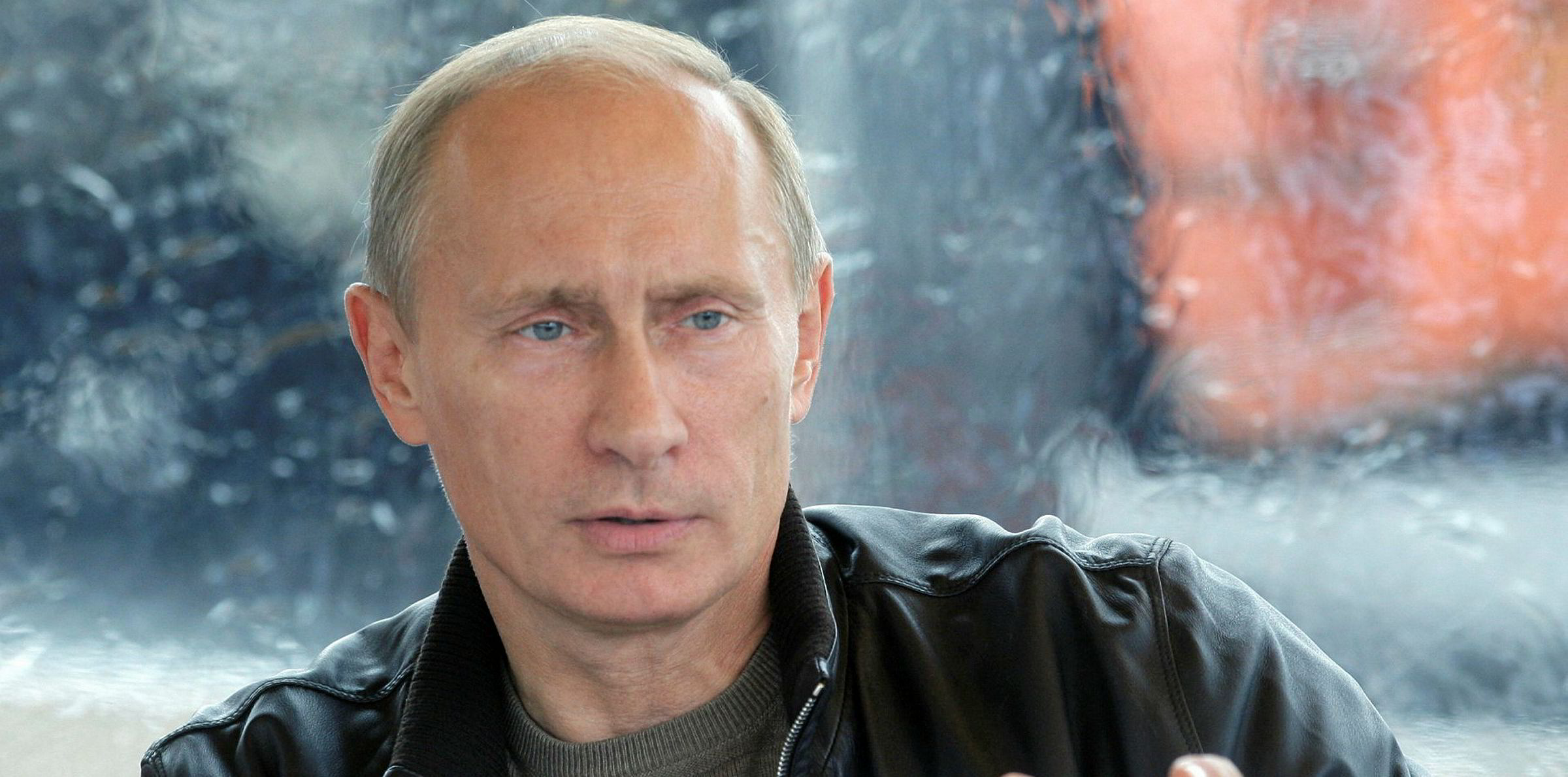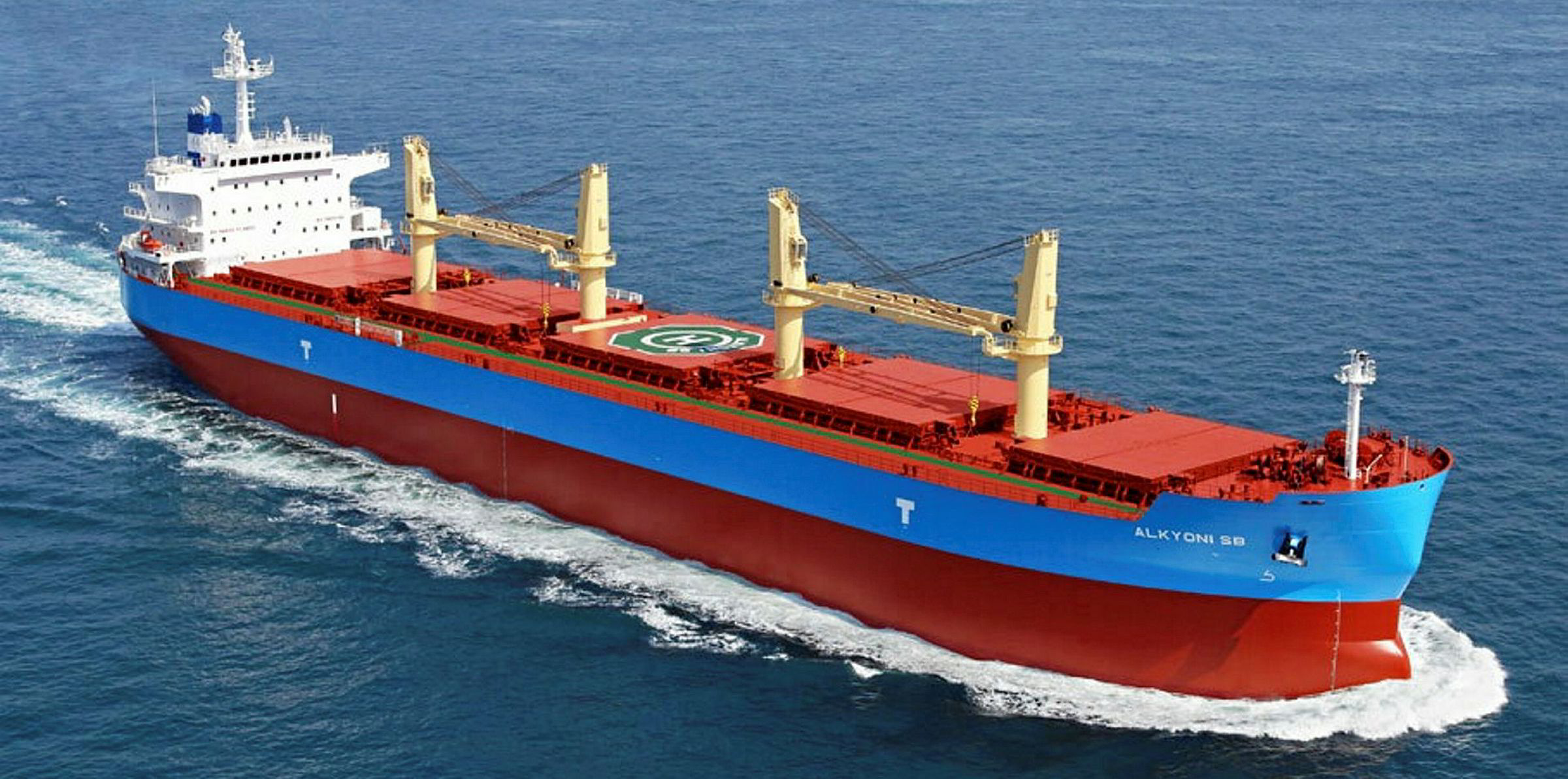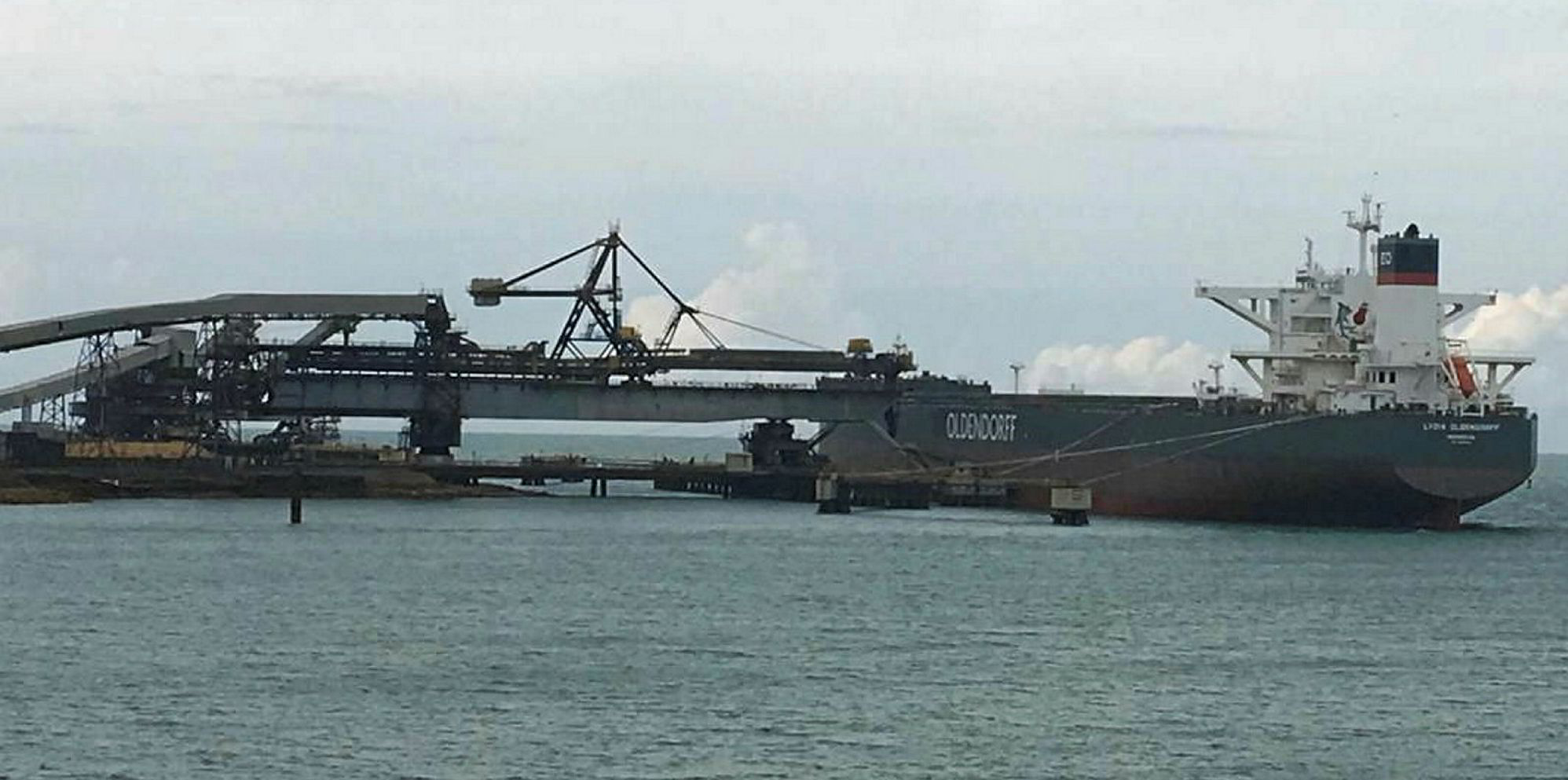Russia’s growing exports of coal to Asia is proving beneficial to smaller bulkers at the expenses of their larger bulker brethren, says a leading regional analyst.
In the first nine months of 2019, Russia exported 132.7 million tonnes of coal, including both coking and thermal, an increase of 7.1% year-on-year.
Consequently, Russia has become the third largest exporting country over the years, according to Ralph Leszczynski, Banchero Costa’s head of research in Singapore.
Exports to China grew 26.5% year-on-year to 19.1 million tonnes in the first nine months of the year. China accounted for 14% of Russia’s coal shipments this year.
In the same period, 10.9 million tonnes of coal was exported from Russia to Japan, up 16% year-on-year, as coal accounts for about one-third of Japan’s electricity generation, and was the destination of 6% of Russia’s coal shipments.
However, not all Asian countries have seen an increase in Russian coal imports, most notably Taiwan, which saw volumes down 16.5% to 7.1 million tonnes.
“For Australian coal exports, almost 40% is capesize or newcatlemax cargoes, and another about 45% is panamax cargoes, with less than 10% being supramax or handymax cargoes,” said Leszczynski.
“For Russian coal exports, over 75% is shipped as supramax or handy cargoes, just 20% or so on panamaxes, and no more than 1 or 2% as capesize cargoes.”
“The few, very rare capesize cargoes tend to be from from Far East Russia – Vladivostok and Vanino – to China, India and South Korea. So Russia winning market share is beneficial to handysize tonnage.”
Leszczynski said Russia sees the Asian market as the “destination for its growing coal production” as the European market is “gradually shrinking” with EU countries moving forward to alternative energy sources.
“Coal mining has been a key industry in Russia for a long time and its role will be no less significant in the future as the world changes into renewable power generation. Nevertheless, the structure of Russia’s coal trade is evolving,” said Leszczynski.






